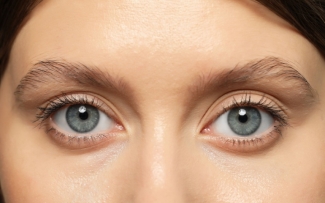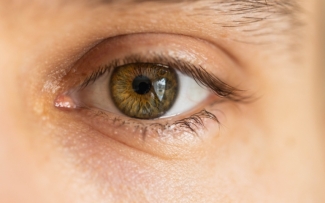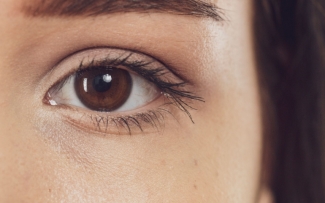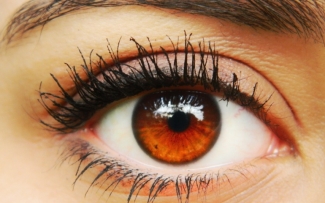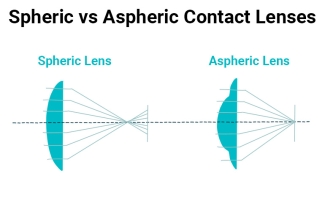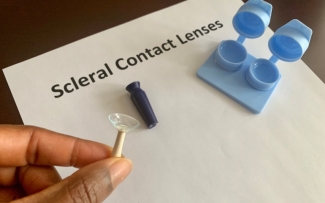What is base curve and diameter on contact lenses?
Every type of contact lens, no matter the style or brand, will have measurements that dictate the size and shape of the lens. These are called base curve and diameter. On your prescription or lens packaging, the base curve is often labelled BC or BOZR (base optic zone radius), and the diameter is usually displayed as DIA. These measurements are essential to ensure your contact lens fits snugly on your eye and allows for a comfortable wearing experience.




